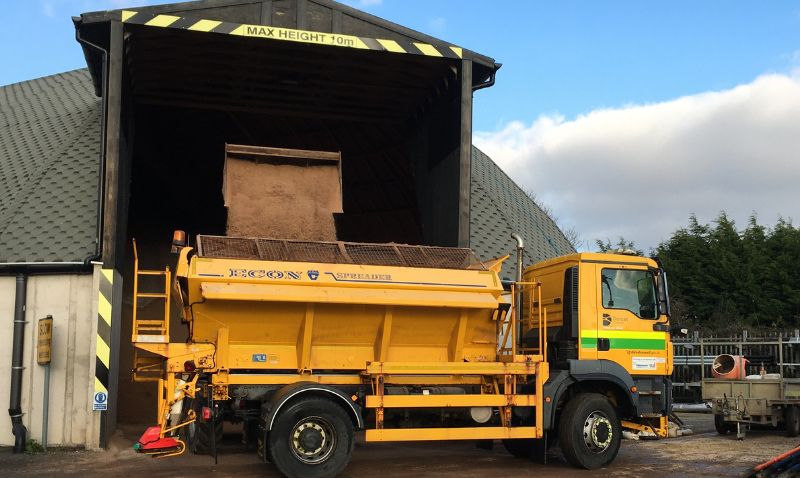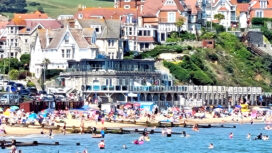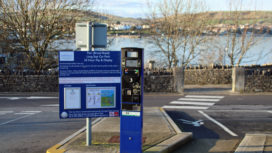With winter and frosty mornings on their way, Dorset Council has initiated a new approach to gritting and Swanage residents can check online which roads have been treated and when.
The council is using a weather forecast system to more accurately target areas of Dorset for gritting, meaning gritting lorries can focus on specific routes when icy conditions are anticipated.
This new system aims to create a more environmentally friendly and efficient gritting system that will reduce gritting lorry emissions and use less rock salt.
The route that covers Swanage is called by Dorset Council, the ‘Purbecks gritting route’ and is as follows:
- Northport Roundabout, B3075 North Causeway, North Street, South Street and South Causeway to Stoborough Green Roundabout
- Continue south on A351 to Norden Roundabout, through Corfe Castle to Swanage, then along Shore Road to New Swanage, along Ulwell Road (including Redcliff loop) and the B3351 to Studland Car Park, through to ferry slipway
- Return to Ulwell Road junction with B3351 to grit B3351 to Corfe Castle junction
- Return to Swanage to grit Institute Road, High Street, Seymer Road, Bon Accord Road, Court Hill, Kings Road West and Station Road
- Travel out of Swanage town to grit through Langton Matravers and Kingston
- Return to Stoborough Green Roundabout to grit A351 northbound to Wareham Roundabout, B3070 Worgret Road and Streche Road to hospital entrance
- Along A352 to Wool, B3071 Station Road and Burngate to Lulworth Camp
- Along B3070 to A352
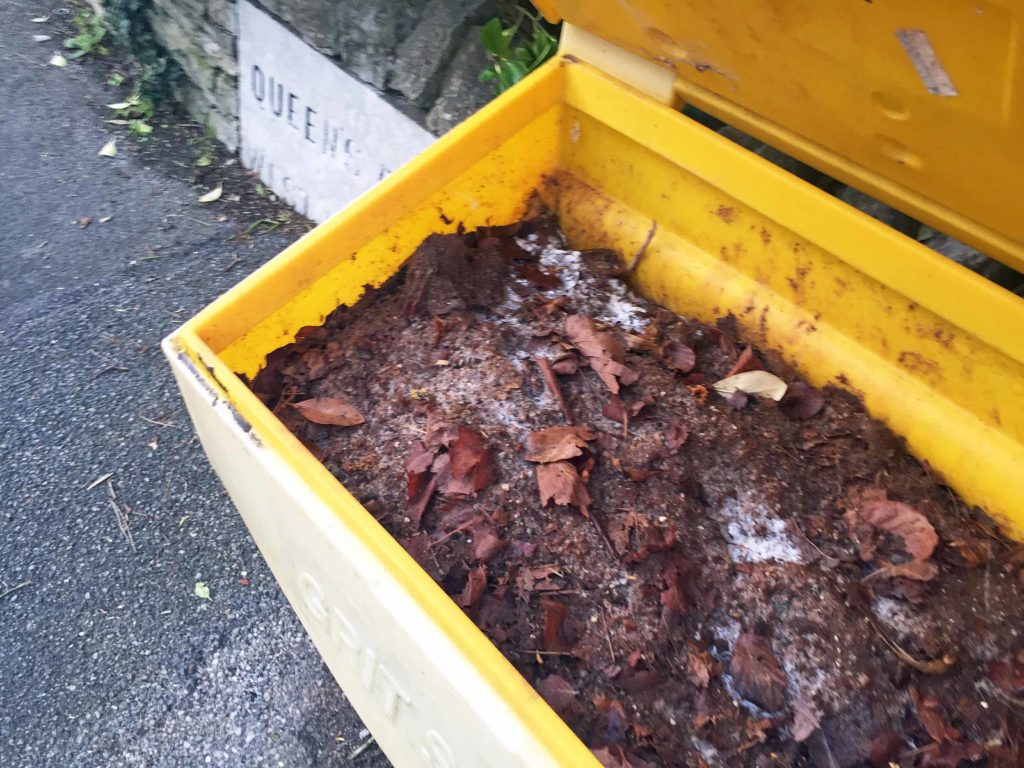
Saving “880 tonnes of salt”
Cllr Ray Bryan, Portfolio Holder for Highways, Travel and Environment, said:
“The road network we monitor and treat over the winter is not changing, but the way we make gritting decisions is.
“Previously, gritting routes were put into four ‘domains’ with an entire domain being treated following a forecast of low road surface temperatures anywhere in that area.
“We will now receive a forecast for each individual route; this route-based system would have saved 110 lorry movements, at least 880 tonnes of salt and £20,000 last winter.
“A route-based approach to gritting will also help us move towards dynamic spreading, where a variable spread-rate of salt can be used on the same route; bringing further environmental benefits and monetary savings.”
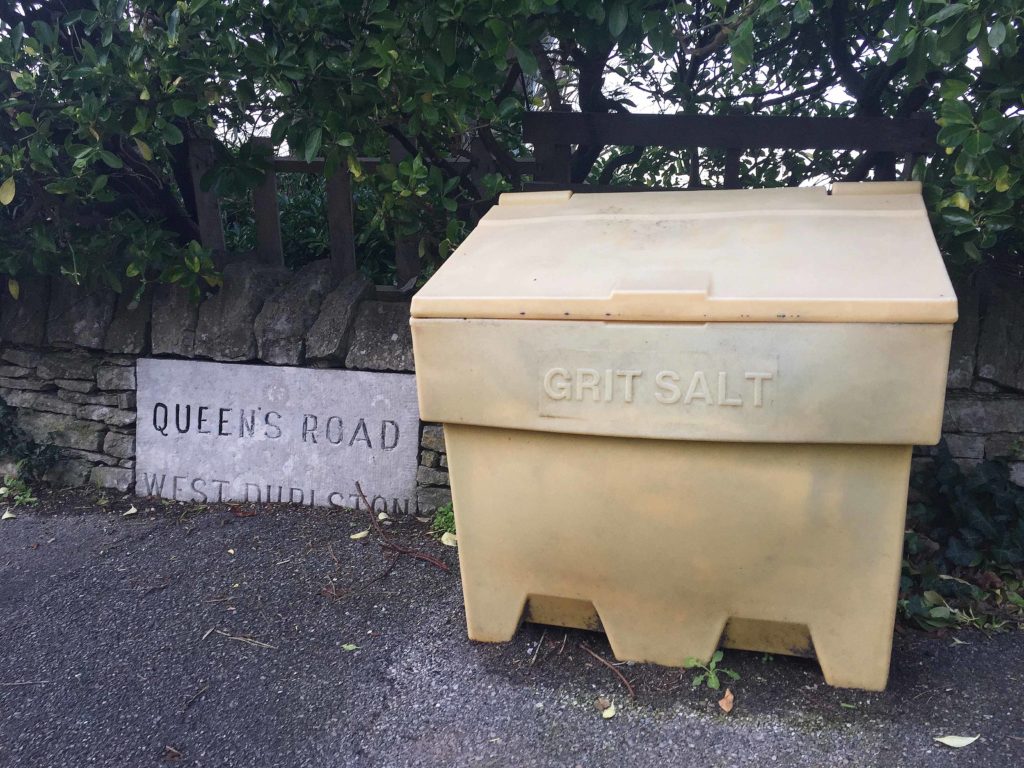
Dorset gritting service
The council runs a 24 hour a day gritting service between 1st November and 31st March to help keep Dorset’s roads safe at all times of the day and night.
Some 13,500 tonnes of salt are stored across five depots in anticipation of the colder weather.
There are 22 main gritting routes that cover a total of 684 miles – around 28 percent of Dorset Council’s road network.
Residents can check when and where the gritting lorries have been on the Dorset Council website.
